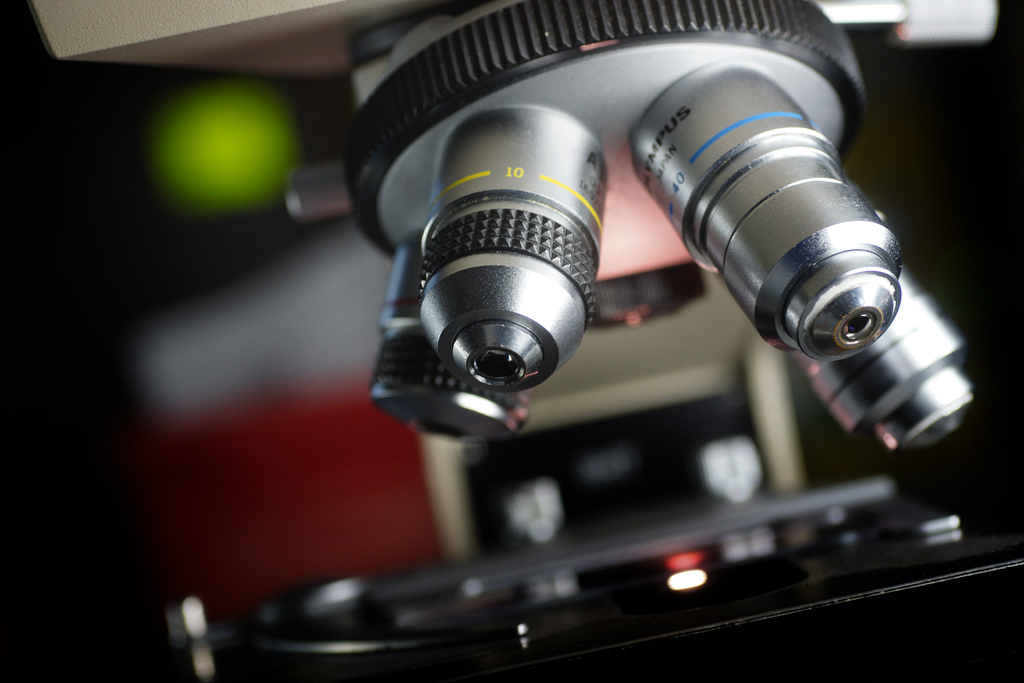Scientists estimate that there may be up to 100,000 species of fungi in the world; a kingdom that includes mushrooms, yeast, mildews and molds. In nature, molds play an important role in the decomposition of leaves, fallen trees, and other plant debris, by producing enzymes that digest organic matter. Without molds doing this cleanup job, we’d be up to our necks in dead plant matter.
The problem arises when molds start digesting organic materials we don’t want them to – like those in our homes. When molds begin to attack wood, ceiling tiles, carpets, insulation, wallpaper, furniture, etc. we open ourselves and our families to the mycotoxins that mold spores produce. These poisons, when inhaled, ingested, or sometimes even touched by humans or pets, can cause serious health problems.

In addition to allergic reactions in sensitive individuals – sneezing, runny nose, skin rash, etc. – depending on the type of mold and level of toxicity, mold spores can cause more serious ailments in the elderly, in infants, or in people with weak immune systems. Asthma, mental and neurological impairment, circulatory problems, damage to internal organs, and, in some case, even death, can be the result of exposure to certain mold species.
What makes the problem even more insidious is the fact that mold growth is often difficult to see with the naked eye. Household molds tend to propagate inside walls and crawl spaces, above dropped ceilings, in water-damaged basements and within the inner workings of humidifiers and air conditioning units. But just because the mold cannot be seen, it doesn’t mean that the microscopic toxins they produce are not entering the living environment.
When and Why to Test
A home should be tested for mold whenever you smell a musty odor; find a plumbing or roof leak that has been present for more than 48 hours; after a flood or other kind of water intrusion or water damage event; if unusual stains appear on furniture or building materials; or if residents in your home are experiencing a detrimental medical condition whose cause is unknown.
The main reason to test for suspected mold growth is to determine, in the first place, whether the substance is, in fact, mold, or a different material, altogether, such as insect debris. Once the presence of mold is established, it is necessary to determine whether or not the mold is a type that is capable of producing pathogenic toxins. Not all molds are poisonous – some are merely smelly and annoying. Armed with the knowledge of the kind and extent of the mold infestation, you can now determine if mold remediation is warranted and, if so, what parameters are to be employed.
For example, if the airborne levels of mold are very high, and the type of mold is dangerous, it may be necessary to begin remediation immediately and actually leave the premises until the process is completed. If the levels are relatively low, or if the mold spores are not pathogenic, it may call for a less intrusive form of remediation.
Other Reasons to Test
Another reason to test for household mold is to determine whether or not mold is present before you actually sign a contract to buy a new home. While home inspections are valuable tools that can reveal any structural defects in a dwelling, home inspectors don’t normally test for the presence of mold. Mold testing by a professional can provide peace of mind by ruling out the presence of elevated airborne mold before you move in. Mold testing is definitely recommended if you are buying a foreclosed, “as-is,” or short sale home, especially if it has been uninhabited for some length of time.
Testing should also be performed in order to “clear” a mold remediation, that is, to ascertain that all the mold is gone after the remediation process is complete. Sometimes remediation will miss a mold-contaminated area. Testing the air afterwards will assure that the levels in the work area were reduced to the normal ambient levels in the general environment. (While there will always be some amount of mold spores in the air, it is the presence of elevated levels that will require remediation.)
Mold testing may also be a requisite to support a legal case. If a plaintiff is suing for damages to health or property due to mold exposure, he or she will normally require objective evidence of the presence of mold, just as a defendant will need to have certified proof of the absence of mold in order to prevent a judgment going against him. Only testing can determine, scientifically, that mold was, or was not, present.
Finally, many remediators and insurance companies will not undertake, or pay for, mold remediation if the presence of mold is not scientifically demonstrated. A certified mold testing company will have to define the boundaries of the affected area as well as the type of mold present before work is authorized or costs recompensed.
